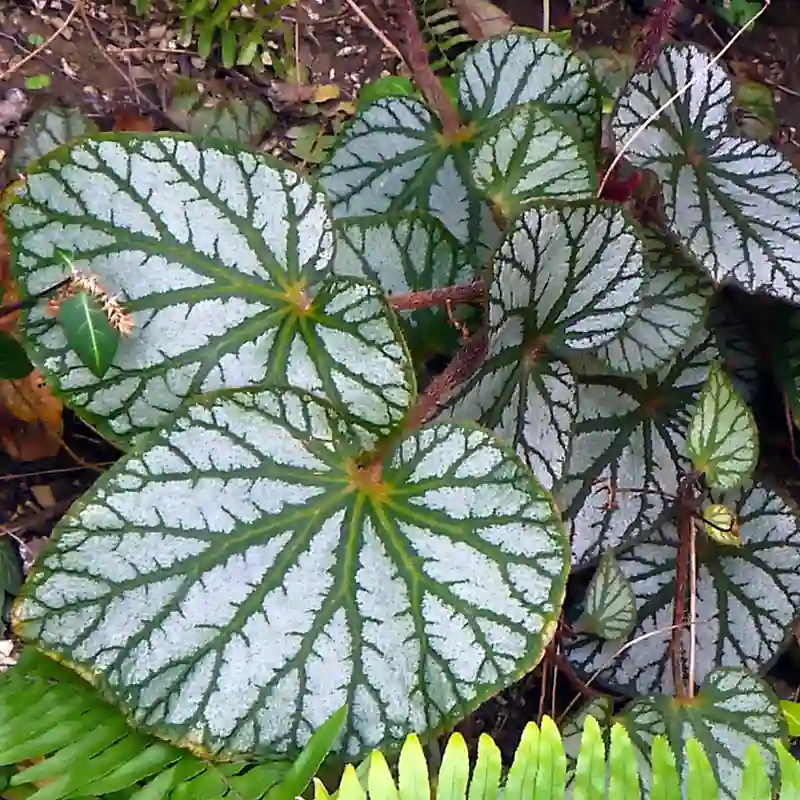Viscaria: A Personal Exploration of a Sticky Situation
My name is Ferb Vu, and I’ve always been drawn to the intricate world of plants. The sheer diversity of forms, colors, and adaptations never ceases to amaze me. Lately, I’ve become fascinated by a particular genus known as Viscaria, a group of flowering plants belonging to the Caryophyllaceae family. This family, which also includes carnations and baby’s breath, is known for its beautiful and often fragrant flowers. But Viscaria has a unique characteristic that sets it apart: a sticky substance secreted by glands on its stems. This intriguing feature has led me down a rabbit hole of research and discovery, and I’m excited to share my findings with you.
A Sticky Situation: The Defining Trait of Viscaria
The name Viscaria itself is derived from the Latin word “viscarius,” meaning “sticky,” a direct reference to the viscous secretion found on the upper parts of the plant’s stems. This sticky substance, which gives the plants a slightly clammy feel, is thought to play a role in deterring insects from crawling up the stems and damaging the flowers or seeds. Imagine a tiny ant trying to scale the stem to reach the delicate petals – it’s likely to find itself trapped in the sticky goo! This ingenious defense mechanism is a testament to the remarkable adaptations that plants have evolved to survive and thrive.
A Closer Look at the Species
While Viscaria might not be the largest genus in the plant kingdom, it boasts a diverse array of species, each with its own unique charm. Here are:
- Viscaria alpina: Known as Alpine Catchfly, Viscaria alpina is a small, hardy perennial that thrives in the rocky terrains and subalpine regions of Europe. It’s cherished for its vivid pink to purple flowers that bloom in compact clusters during summer. The plant has a low, cushion-like growth form, making it well-suited to alpine gardens or rockeries where it adds a splash of color against a rugged backdrop. Adapted to cool climates, Viscaria alpina is relatively easy to maintain, and its flowers are a favorite of pollinators, particularly bees.
- Viscaria asterias: This lesser-known species is sometimes grown for its striking star-shaped flowers, which range from pale pink to deep magenta. Viscaria asterias blooms in early to mid-summer and features slender stems with narrow leaves, giving it a delicate appearance. Found in select regions of Europe, the plant prefers well-drained soil and thrives in sunny spots. Its unique flower shape adds a distinct texture to wildflower meadows or cottage gardens, and it complements other meadow species beautifully.
- Viscaria × media: A hybrid species, Viscaria × media combines traits from different Viscaria species, offering a mix of their best qualities, particularly in terms of hardiness and flower vibrancy. Its blooms can vary from pink to light purple, and the plant often has a longer flowering period compared to its parent species. Viscaria × media is popular in cultivated landscapes for its adaptability and extended bloom season, making it an attractive option for gardeners looking for low-maintenance, color-rich plants.
- Viscaria vulgaris: Often referred to as Sticky Catchfly, Viscaria vulgaris is named for its sticky stems, which can trap small insects. This characteristic has adapted as a defensive measure, though it’s not carnivorous. With bright pink flowers that bloom in dense clusters, it is commonly found in grasslands and open woodlands across Europe. The plant grows upright and can reach up to 50 cm in height, making it a good choice for wildflower gardens or as a border plant where it can attract butterflies and bees with its vibrant blooms.
The Importance of Viscaria
Beyond their aesthetic appeal, Viscaria species play a vital role in their ecosystems. Their flowers provide a valuable source of nectar for pollinators such as bees and butterflies, contributing to the overall health and biodiversity of the environment. Additionally, some Viscaria species have been traditionally used for medicinal purposes. For example, V. vulgaris was historically used to treat coughs and sore throats.
My Personal Connection to Viscaria
My interest in Viscaria stems from a deeper fascination with the intricate relationships between plants and their environment. The sticky glands on Viscaria stems are a perfect example of how plants have evolved ingenious ways to interact with and protect themselves from the world around them. I’m eager to continue learning more about this fascinating genus and its role in the natural world.
Looking Ahead
As I delve deeper into the world of Viscaria, I’m particularly interested in exploring the chemical composition of the sticky secretion and its potential applications. Could this natural adhesive have uses in medicine, agriculture, or even manufacturing? I believe that further research into Viscaria could yield valuable insights and potential benefits for society.
In the meantime, I encourage you to take a closer look at the plants around you. You might be surprised by the fascinating adaptations and intricate relationships you discover. The world of plants is full of wonder, and Viscaria, with its sticky secret, is just one example of the many mysteries waiting to be uncovered.
If i die, water my plants!



